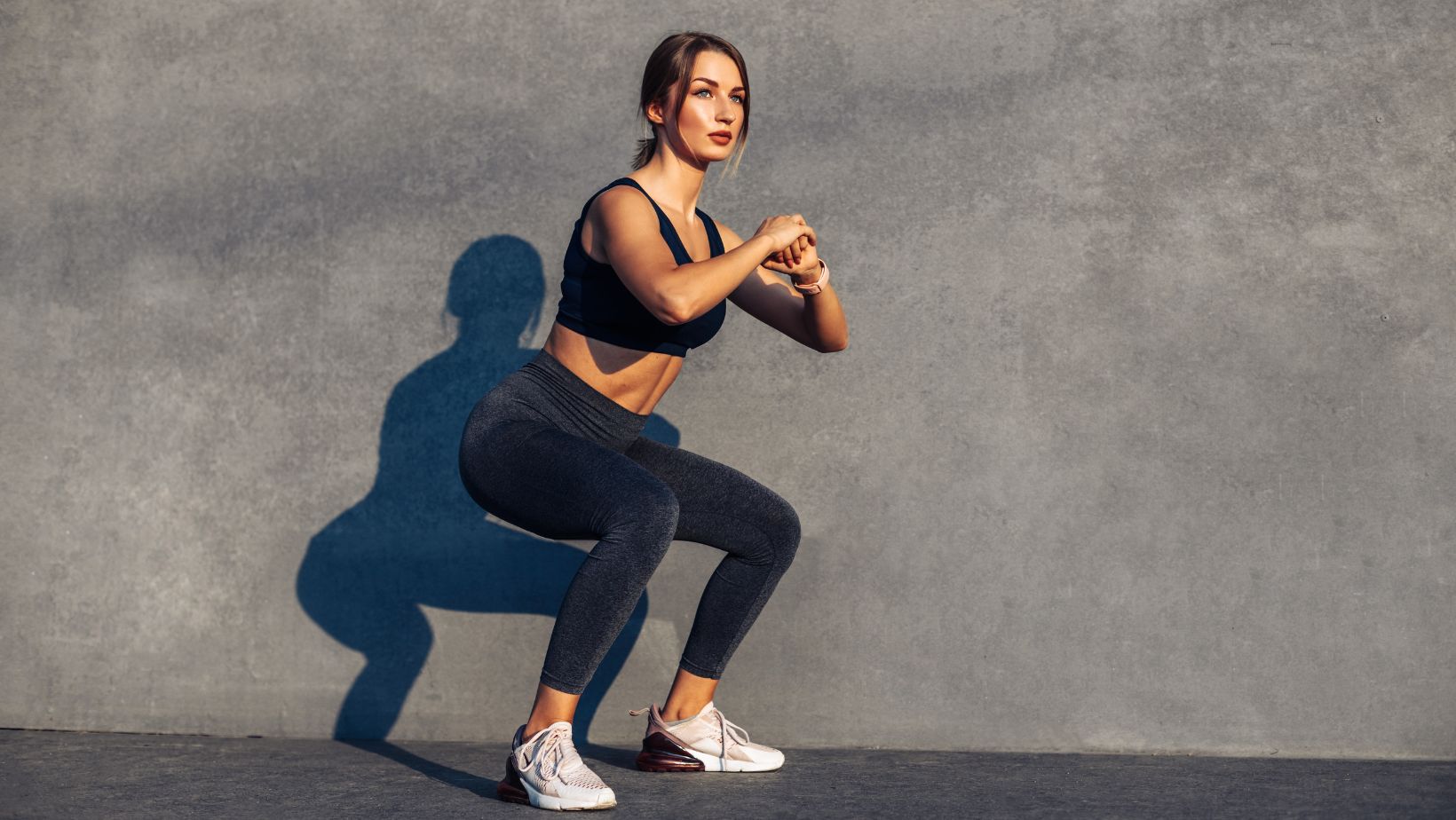Squats are a highly effective compound exercise that targets multiple muscle groups in the lower body, including the quadriceps, hamstrings, and glutes. When performed correctly with proper form and technique, squats can lead to significant strength gains and muscular development. However, pushing your muscles to their limits during squats can result in delayed onset muscle soreness (DOMS), which is characterized by pain and stiffness that typically peaks 24-48 hours after your workout.
The primary reason behind post-squat pain is muscle damage caused by eccentric contractions. During the downward phase of a squat, as you lower your body toward the ground, your muscles lengthen while generating force to control the movement. This eccentric action places stress on the muscle fibers, leading to microscopic tears in the tissue. As your body repairs these microtears over time, your muscles become stronger and more resistant to future damage.
Understanding why your legs hurt after squats can help you manage post-workout soreness effectively. By gradually increasing the intensity of your workouts, practicing proper form, and incorporating adequate rest periods between sessions, you can minimize discomfort and optimize your squatting performance.
Why Do My Legs Hurt So Much After I Do Squats?
The Anatomy of the Leg Muscles Involved in Squats
To understand why your legs hurt so much after doing squats, it’s essential to delve into the anatomy of the leg muscles involved. Squats primarily target the quadriceps, hamstrings, glutes, and calves. These muscles work together to support and stabilize your body during this compound exercise.
- Quadriceps: Located at the front of your thigh, the quadriceps consist of four muscles – rectus femoris, vastus lateralis, vastus medialis, and vastus intermedius. They play a significant role in extending your knee joint during squats.
- Hamstrings: Situated at the back of your thigh, the hamstrings are composed of three muscles – biceps femoris (long head and short head), semitendinosus, and semimembranosus. While primarily responsible for knee flexion, they also aid in hip extension during squats.
- Glutes: Your gluteal muscles include three main parts – gluteus maximus, gluteus medius, and gluteus minimus. These powerful muscles contribute to hip extension and play a crucial role in generating force during squats.
- Calves: The gastrocnemius and soleus muscles make up your calf muscles. They work together to provide stability while performing squats and assist with ankle plantarflexion.
The Role of Delayed Onset Muscle Soreness (DOMS) in Post-Squat Pain
One reason for experiencing leg soreness after squatting is due to delayed onset muscle soreness (DOMS). DOMS typically occurs 24-72 hours after intense or unfamiliar exercise sessions like heavy squat workouts.
During intense exercise, especially when you increase the load or volume of your squats, microscopic damage occurs in your muscle fibers. This damage triggers an inflammatory response and leads to DOMS.

Muscle Soreness vs. Joint Pain: Understanding the Difference
The Difference Between Muscle Soreness and Joint Pain
When it comes to post-squat leg pain, it’s important to understand the difference between muscle soreness and joint pain. While both can leave you feeling uncomfortable, they stem from different sources and require different approaches for relief.
Muscle soreness, also known as delayed onset muscle soreness (DOMS), is a common occurrence after intense exercise like squats. It typically sets in within 24 to 48 hours after your workout and is characterized by a dull, achy sensation in the muscles worked during the exercise. DOMS occurs due to microscopic damage in the muscle fibers caused by eccentric contractions during squatting movements.
Common Causes of Joint Pain After Squats
There are several factors that can contribute to joint pain following squats. Here are some common causes:
- Incorrect form: Performing squats with improper technique can put excess stress on your joints, leading to pain and potential injury.
- Overtraining: Pushing yourself too hard without giving your body enough time for recovery can increase your risk of experiencing joint pain.
- Pre-existing conditions: Individuals with underlying conditions like arthritis or tendonitis might experience heightened sensitivity in their joints after squat workouts.
- Weak muscles: If certain muscles around your knees, hips, or ankles are weak or imbalanced, it can place additional strain on your joints during squats.
In conclusion, nutrition plays a pivotal role in recovering from post-squat pain. Adequate protein intake supports muscle repair, while carbohydrates replenish energy stores. Additionally, incorporating key nutrients like omega-3 fatty acids, vitamin C, magnesium, zinc, and turmeric into your diet can further enhance the recovery process.

